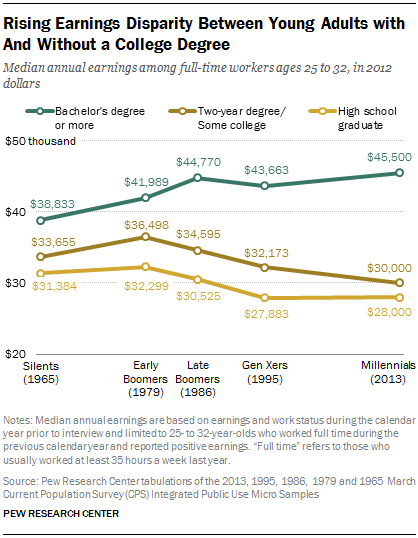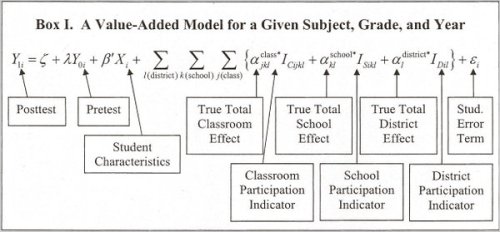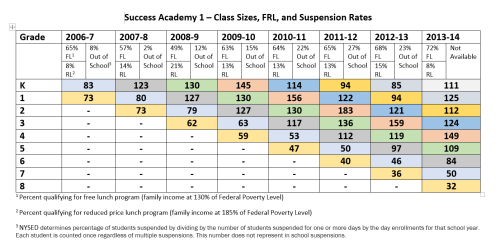It is perfectly understandable that many in our country want public school buildings to be open for in person instruction this year. Among the many hardships of COVID-19 lock downs school closures were especially hard on children and families. Essential workers with very young children suddenly found it impossible to provide childcare and supervision. Parents who could work from home had to juggle the incompatible tasks of doing their own work while keeping an eye on children learning from remote. Remote schooling further demonstrated how unequal a society we are with millions of newly distant learners suffering from lack of reliable technology and sudden separation from the critical social and health services that rely upon school buildings to be delivered. And, of course, a hastily cobbled together remote learning plan in response to a swiftly growing and deadly disease was a poor substitute for in person learning and the social and emotional growth it looks after.
So it is perfectly understandable that people wish to regain in person learning inside of school buildings in whatever way is possible given the reality of America’s situation. Children’s well being and our worsening economic situation would both benefit from a return to something resembling normality. Many of our largest school districts have had to back away from plans to reopen school buildings, and many other districts are seeing the consequences of opening buildings when conditions are not optimal. Despite these warnings, the nation’s largest school district, New York City with 1.1 million students, still plans a hybrid reopening of its 1700 schools by September 10th.
In all of this, it appears that our leaders – local, state, and national – mostly have been asking the wrong questions.
It has been said by others, but it bears repeating here: Schools never closed. School buildings closed, and teachers, administrators, and families scrambled to put together an emergency system that allowed teaching and learning to continue. It was uneven, as almost any emergency response to the needs of 50 million young people would have to be. It was disruptive to other services schools provide to our most vulnerable children because those services are structured to rely upon students’ physical presence in school buildings. As with most things in our nation, children in poverty and children of color were far more likely to encounter inadequate education with school buildings closed. But the fact remains that teachers and school administrators worked throughout the pandemic lock downs in ways that they never had had to before.
With COVID-19 uncontrolled in most of the country, it is further understandable that parents and political leaders are often dissatisfied with the prospect of more months of remote learning. The efforts to get students back to in person learning have been led by the rough question: How do we open up our 98,000 public school buildings as much as is possible? Most responses – even the ones that have concluded that we cannot — flow from this question: fragmenting schedules so that students rotate in and out of buildings while still doing much school work remotely, efforts to build up local testing capacity, investments in additional technology, directional flow inside buildings, laying in stocks of PPE and cleaning supplies. All of these efforts stem from the assumption that opening school buildings for face to face instruction is the only maximally acceptable goal.
This question is problematic for many reasons, but the largest one is that everyone knew by mid-April that there would be no coordinated national strategy to combat COVID-19. In fact, we knew without any doubt at 11:21 AM on April 17th. That was the exact minute that the President of the United States went on Twitter to declare “Liberate Minnesota!” He followed it up over the next few minutes with calls to liberate Michigan and Virginia, all states with Democratic Governors who were notable for attempting to take their local responses to COVID-19 seriously. It was painfully obvious that the most powerful office holder in the land was far more committed to politicizing best practices in controlling a pandemic than directly confronting the hard work necessary to contain and mitigate it. On April 17th, more than 36,000 Americans had died of COVID-19. Today, 126 days later, that number stands at almost 175,000 with over 1000 Americans dying each day.
Because there is no national strategy, testing capacity in the country remains ineffective with long turn around times for many tests thereby limiting the effectiveness of contact tracing. The shortages of PPE that marked the early days of the pandemic remain as new hot spots crop up, and cleaning supplies are also marked by shortages because of the lack of a coordinated national strategy. New York City’s Mayor Bill de Blasio released a promotional video touting that the city has acquired 4 million disposable face masks for the re-opening of in person learning which is impressive until you realize that is not even enough for 4 full days of in person learning for every child in the system. While many well-intentioned supporters of reopening school buildings note that many school systems across the world have found ways to have face to face instruction in some form or another, it is indisputable that those who have were led by a comprehensive national strategy while the United States has not. Even the few areas that have managed to control the virus to date – like NYC – are burdened with a national supply chain that has not been mobilized to meet our needs.
So the question how do we open up school buildings as much as is possible is simply the wrong question because the enabling conditions – sufficient virus control AND sufficient resources coordinated by a well-thought out national plan — do not exist together ANYWHERE in the country.
So what, then, is the correct question? I would offer: How do we educate as humanely, as conscientiously, and as engagingly as is possible in the middle of a global pandemic?” The benefit of this question is that it does not assume that all building must be open for face to face instruction, and it also is flexible in the face of conditions in localities. It is entirely possible that in many communities across the country, the answer to this question is some form of face to face schooling where students can socially distance, facilities are safely ventilated and cleaned, or where space exists to set up outdoor classrooms where virus transmission is far less likely.
But it is just as likely that many school buildings cannot be conscientiously used for face to face instruction either because the virus remains out of control in the community, or testing and tracing is incapable of keeping up with new outbreaks, or because the spaces themselves are not able to be made safe for even current hybrid models with fewer students in at a time. What does it mean to provide an education that is conscientious, humane, and engaging?
For starters, it is important to improve both access to online options and to improve those options themselves. Even the most ambitious plans for face to face learning that take COVID-19 seriously include students rotating in and out of classrooms, so improvement of online experiences and expanding access to them has to be a priority, especially when it is inevitable that many school systems’ attempt will move back to entirely online formats as the school year progresses. Critics of screen time for young children and of the quality of online learning are correct that this is will always struggle to compete with the nature of face to face learning for vast numbers of children. However, we must be conscientious about the risks we subject students, their families, and teachers too, and just because something is not universally as good as what we miss, it does not mean it cannot be more engagingly done, especially if leaders take seriously the need to close gaps that are entirely resource based.
It is also important to consider if opening for face to face instruction really means opening for face to face instruction for all. It is inevitable that very young students in early elementary grades will struggle even more than all students do with remote teaching, and that it will take an even bigger toll of them than on their older school peers. But it could be possible to set up very low density classrooms if older students are learning fully remotely and those classrooms set up for much smaller groups of early learners and their teachers. Entire high school buildings could be freed up for face to face instruction for children in younger grades if the high school students were learning from home. This would require hiring more elementary teachers to teach much smaller classrooms, and it would require facilities upgrades for smaller tables, chairs, sinks, and toilets, but these are monetary barriers in a nation where private equity has never been richer despite near depression levels of unemployment.
Further, in order to humanely serve students who need the services that we attach to school buildings, we need to stop assuming that they can only be provided in tandem with face to face instruction. If many or most students are not in school for instructional purposes, vulnerable children who need special services could be served in low density settings freed up with instruction going on elsewhere. Choice districts like NYC where students frequently travel across dozens of blocks to attend a K-5 school could shift these kinds of services to registered public school children who live within a school’s catchment, minimizing the distances they travel and their exposure to the virus. Inequality is deeply entrenched in our society and, therefore, in our school systems, but we do not have to accept the abrupt cut off from school-based assistance many families suffered in March, April, May, and June just because school buildings are not being used for face to face classes.
These are only a few ideas that are possible and many more could be implemented and are being implemented in locales that have been forward looking. Is it possible to make these arrangements as satisfying and as effective as the in person schooling we knew in February of this year? Almost certainly not. We are in an unprecedented crisis, and we completely lack the backstop of a national strategy to contain COVID-19 and to restore more of our pre-pandemic activities. However, we’ve made a terrible mistake assuming the goal of face to face classroom instruction is the only way school buildings can serve our students and that we cannot greatly improve upon the goals of educating and caring for children during the pandemic. As long as we remain fixated on asking “how do we open as many spaces as possible for face to face teaching?” we will lack the framework to do better.











